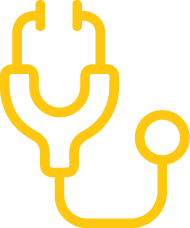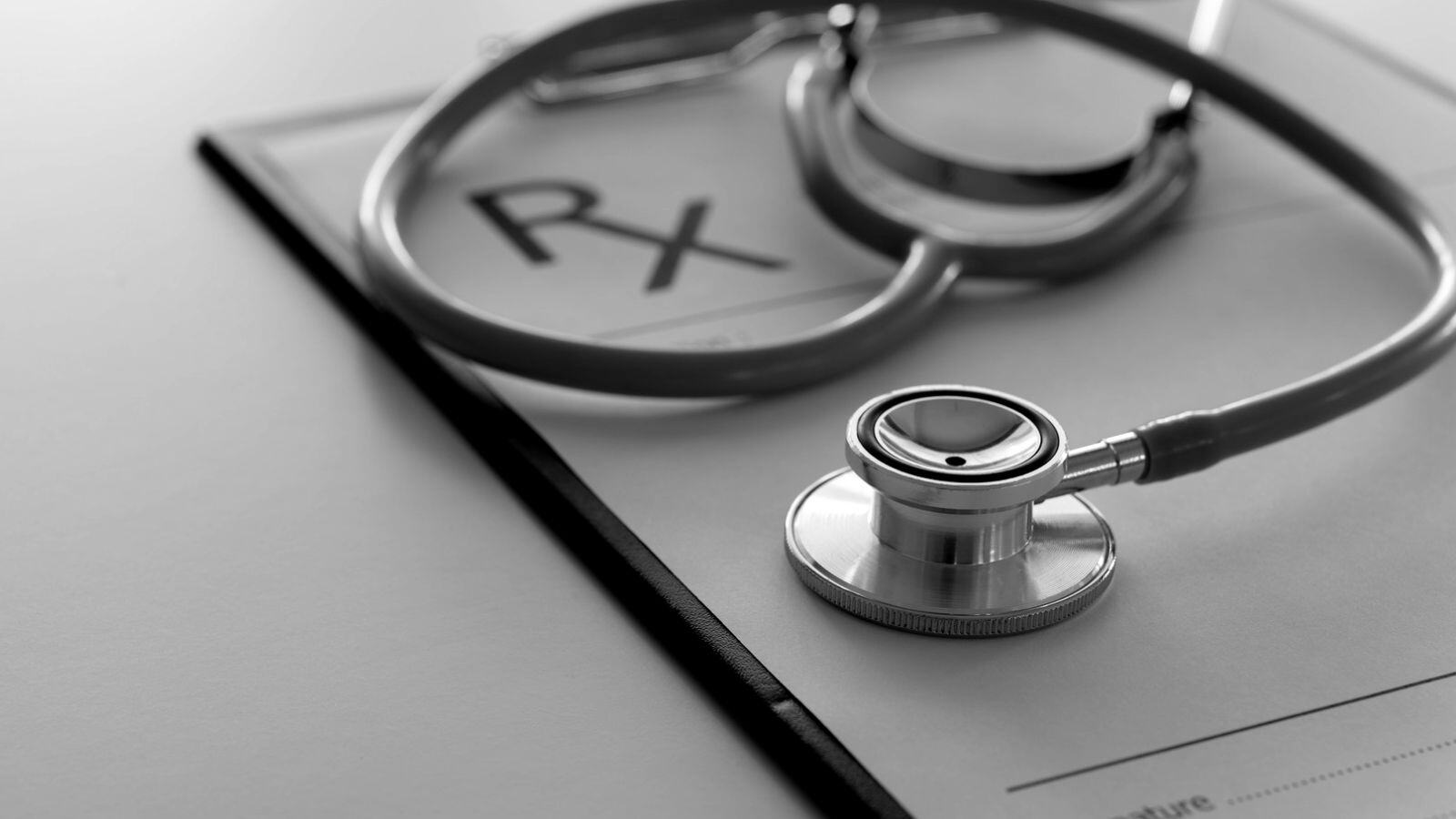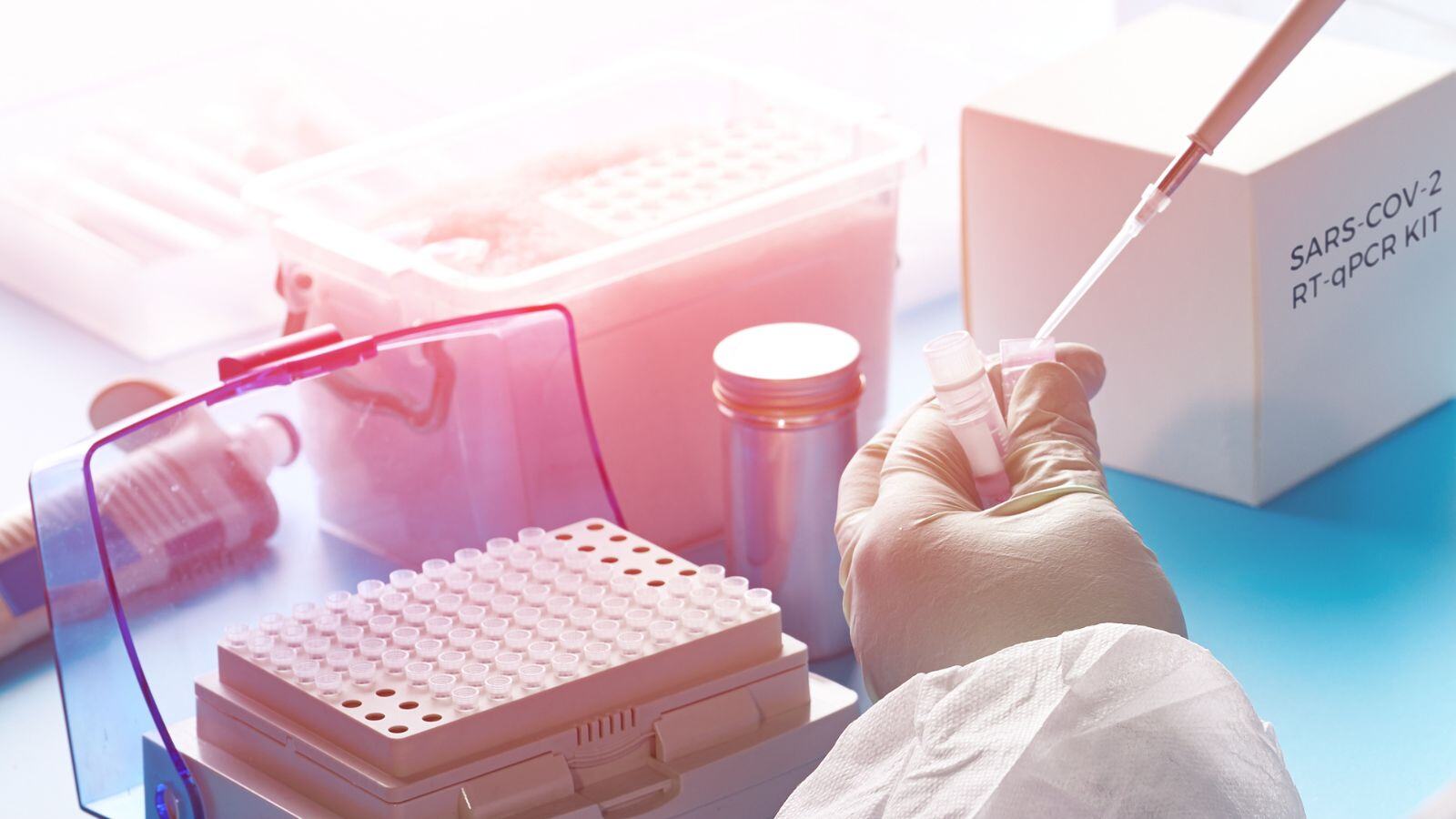Software Medical Devices (or Medical Device Software, as it is generally referred to in the EU), is often mistaken to be the same as Software As Medical Device (SaMD). However, the latter is a term introduced by the FDA and does not include software that is part of a hardware medical device (MD).
Medical Device Software (MSDW), as defined in the REGULATION (EU) 2017/745 OF THE EUROPEAN PARLIAMENT AND OF THE COUNCIL of 5 April 2017, rule 11, applies to software-only devices AND hardware devices that comprise MDSW as an integral part.
The MDCG has also elaborated on the definition of MDSW as such and provided more guidance on how to understand the MDR for software. Very recently, another MDCG guidance was published specifically for MDSW working in combination with an MD.
As a medical device can only be placed on the EU market if the manufacturer can show that it meets all the applicable requirements, this is also true for Software Medical Devices. For this type of medical device too, a conformity assessment should be carried out before the MDSW can be sold and the extent of the required documentation depends heavily on the classification as well as specific requirements related to the software aspect of the device.
In this blog post, we would like to focus on the clinical evaluation of MDSW to obtain a CE marking in the EU. For clarity, Software Medical Devices will be referred to as MDSW in the remainder of this post. Also on this topic, a specific MDCG guidance was published and this will be the basis for further explanations.
Which conformity assessment procedure is the right one for software?
A previously published blog post explained that there are different types of conformity assessment procedures and which one to follow depends on the classification of your medical device, and this is also the case for MDSW.
In general, “software” is defined as a set of instructions that processes input data and creates output data. MDSW is software that is intended to be used, alone or in combination, for a purpose as specified in the definition of a “medical device” in the MDR, regardless of whether the software is independent or driving or influencing the use of a device.
Software must have a medical purpose on its own to be qualified as an MDSW. It should be noted that the intended purpose as described by the manufacturer of the software is relevant for the qualification and classification of any device. For the software to be qualified as a medical device, the manufacturer must claim a medical purpose and consequently provide evidence that the device in question complies with the MDR. This also includes the need to verify, validate, and prove that the interaction between the MDSW and the hardware or hardware component leads to an effective, safe, and performant MDSW.
All implementing rules in Annex VIII of Regulation (EU) 2017/745 shall be considered. Software, that drives or influences the use of a device, shall fall within the same class as the device. If the software is independent of any other device, it shall be classified in its own right. Hence, MDSW can range from Class I to Class III, following the standard conformity assessment procedures as outlined for these different classes of medical devices.
What about clinical evaluation for Software Medical Devices?
Every Medical Device must have sufficient clinical evidence, thus also MDSW. Clinical evaluation is a scientific approach to creating the necessary evidence, following a list of detailed requirements in the MDR and the applicable guidance documents.
The clinical evaluation of the MDSW must be considered given the intended medical purpose achieved on its own, in combination with a medical device, or as an accessory to a medical device.
MDSW can have several routes of clinical evaluation
1. Software for which the manufacturer claims a specific medical intended purpose
Such software has a clinical benefit and requires clinical evidence within its conformity assessment.
2. Software with required interaction of other hardware or hardware components to achieve the intended medical purpose
Software with required interaction of other hardware or hardware components to achieve the intended medical purpose, where:
- the hardware or component is an accessory to the MDSW, or
- a medical device as part of the system, as a combination with another MD or as an integral part of the MD, or
- the hardware or hardware component is an integral part of a general consumer product or wearable digital product and is not a medical device or an accessory to a medical device and has no intended medical purpose.
MDSW manufacturer is responsible for the safety, performance, and reproducibility of the hardware or hardware component in its combined use with the MDSW in all intended configurations.
3. Software for which the manufacturer does not claim any medical intended purpose
Such software is intended to drive or influence a medical device. The clinical evidence is provided within the context of the driven or influenced device.
The general aspects of clinical evaluation are also true for MDSW
Article 2 (51) of the MDR defines clinical evidence as clinical data and clinical evaluation results pertaining to a device of a sufficient amount and quality to allow a qualified assessment of whether the device is safe and achieves the intended clinical benefits when used as intended by the manufacturer.
A detailed and structured process dictates the need for sufficient clinical evidence for all medical devices despite their classification, including MDWS, throughout the life cycle of the device. The clinical evaluation process must include:
- a critical evaluation of the relevant scientific literature,
- a critical evaluation of the results of all available clinical investigations, and
- consideration of currently available alternative treatment options.
MDSW requires some distinct clinical evidence in addition
Specifically, for MDSW, apart from the above, three key components should be taken into account when compiling clinical evidence:
1. Valid Clinical Association
The extent to which the MDSW’s output (based on the inputs and algorithms selected), is associated with the targeted physiological state or clinical condition.
This association should be well founded or clinically accepted, and demonstrate that it corresponds to the clinical situation, condition, indication or parameter defined in the intended purpose of the MDSW. It can be generated through:
- literature research,
- professional guidelines,
- proof of concept studies, or
- manufacturer’s own clinical investigations/clinical performance studies.
The valid clinical association can be demonstrated by using existing clinical performance data while considering the generally acknowledged SOTA. It may further be demonstrated by the creation of new data in cases where existing data is not sufficient. As a result of a gap analysis, the manufacturer could conclude that additional data may be required.
2. Validation of the Technical Performance
This demonstrates the MDSW’s ability to accurately, reliably, and precisely generate the intended output, from the input data and can be generated through:
- verification and validation activities, system testing, or,
- by generating new evidence through the use of
- curated databases,
- curated registries,
- reference databases or
- use of previously collected patient data.
Technical performance is confirmed by examining and providing objective evidence that the MDSW specifications conform to user needs and intended uses and that the requirements implemented can be consistently fulfilled. Identification of gaps during the validation of this could require the generation of new evidence.
3. Validation of the Clinical Performance
This demonstrates the MDSW’s ability to yield clinically relevant output in accordance with the intended purpose.
The clinical relevance of an MDSW’s output is a positive impact on the health of an individual, expressed in terms of:
-
Measurable outcomes,
-
patient-relevant clinical outcomes, including
-
outcomes related to diagnosis,
-
prediction of risk,
-
prediction of treatment response, or
-
related to its function, such as that of screening, monitoring, diagnosis, or aid in diagnosis of patients, or on patient management or public health.
-
This evidence can be generated by testing the MDSW under evaluation, or an equivalent device, in the target population and for the intended use. The applied methodology should be appropriate in light of the device’s characteristics and intended purpose and may include:
-
pre-clinical testing,
-
a clinical investigation, or
-
a clinical performance study.
With a validation of clinical performance, it is demonstrated that users can achieve clinically relevant outputs through predictable and reliable use of the MDSW.
The manufacturer should consider the intended use(s), indication(s), and desired clinical output(s) expressed as claims, leading to expected clinical benefits as part of the clinical performance validation.
Clinical evaluation of class III and implantable devices MUST include data from a proper clinical investigation (Some exceptions to this rule are defined in Article 61(4), (5), or (6) of the MDR).
Need help with your Software Medical Devices or MDSW?
The conformity assessment procedure begins with defining the risk classification of the MDSW. QBD Regulatory can help you with this assessment. Furthermore, they can advise you on the applicable route of conformity assessment to choose and help you prepare the QMS and Technical Documentation, including specific requirements for Software Medical Devices or MDSW.
QBD Clinical Medical Writing specializes in performing the clinical evaluation required for your MDSW, by reviewing and analyzing all existing literature and by writing the clinical evaluation plan and report, including a quantified benefit/risk assessment, following all applicable guidance and regulations. Any potential gaps are identified along the way. The QBD Medical Advisory Board can potentially assist in defining the accurate clinical strategy for the MDSW.
QBD Clinical Operations is very experienced in setting up and managing clinical investigations globally for your MDSW if new or more clinical evidence is required.







.png?width=109&height=108&name=Pharma%20(2).png)
.png?width=111&height=108&name=Medical%20Devices%20(2).png)
.png?width=84&height=107&name=IVD%20(2).png)


.png)





